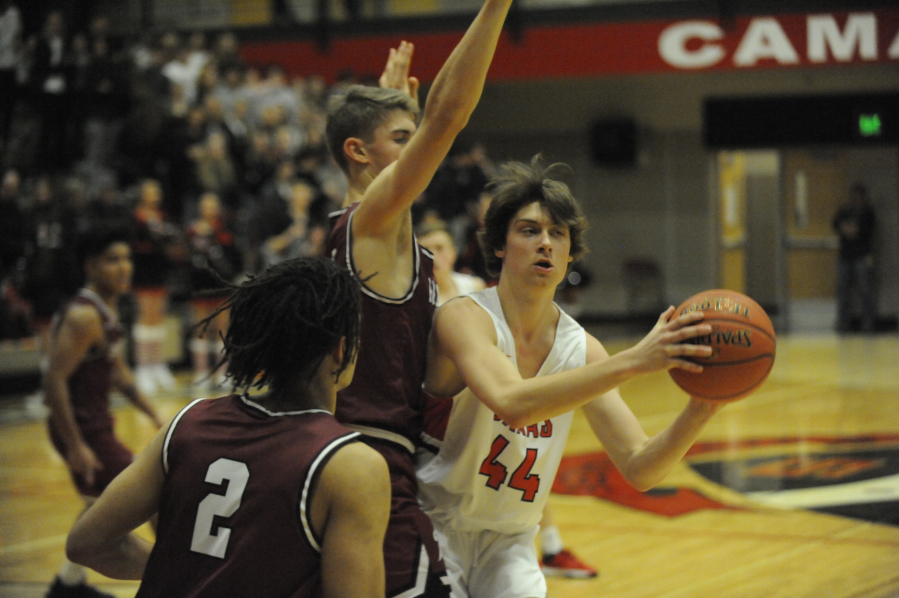Guidance set forth by the Inslee and the Washington State Department of Health separate individual sports into low-, moderate- and high-risk categories, and earmarks individual counties with a three-tier system based on the COVID-19 benchmark statistics of cases per 100,000 residents over a two-week period and percentage of positive tests during a week.
Currently, Clark County falls into the high-risk category.
“I absolutely have concerns that the season could be cancelled altogether,” Camas boys wrestling coach Cory Vombaur said. “Right now we have very few students at school. It seems difficult to move from minimal students in school to a full-contact sport such as wrestling. However, I am aware that new data and new thoughts based on the data come forth pretty regularly, and that the WIAA is attempting to have sports in some capacity this year. I appreciate their efforts, and I hope they reach a decision that is safe for society.”
Only sports in the low- or moderate-risk categories can begin competition when a county is considered high risk. In Season 2, bowling, gymnastics and boys swimming and diving arel considered low- or moderate-risk sports. Basketball and wrestling fall under high risk.
“I am very optimistic that the WIAA will create opportunities this school year for all of our student athletes,” Camas boys basketball coach Ryan Josephson said. “Additionally, I think a lot will be learned from other states that continue to hold regular high school seasons. This will help the WIAA make informed decisions that ensure our sport seasons are the safest in the country when we get the chance to play. … What we are able to provide will once again be a different experience. Being creative and doing things in a different way is just part of operating through the pandemic.”
WIAA executive director Mick Hoffman wrote in a statement that student-athletes will return to competition “if we work together and take the proper precautions. … We know this because it has already been done,” citing several examples of low transmission amongst large groups of high-school athletes, including the Seattle United Soccer Club, which had two of its 1,930 participants tested positive for COVID-19 earlier this year.


